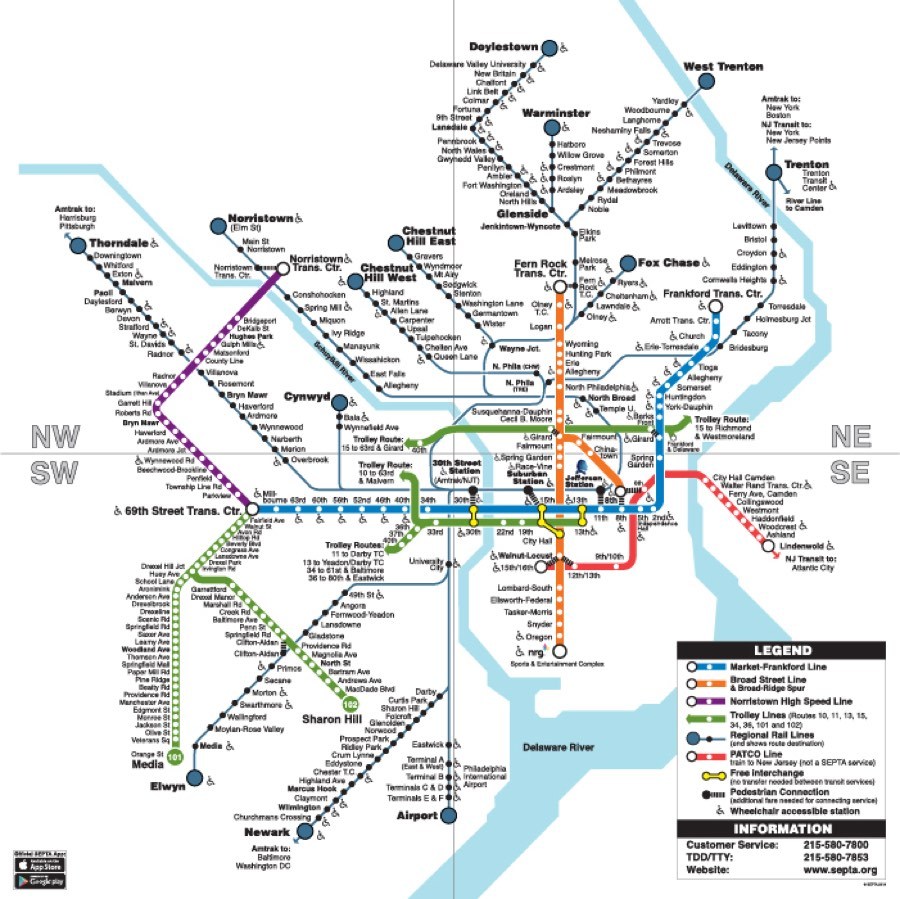
SEPTA also plans to streamline service patterns and reduce the number of bus trips that differ from the main route. "MAX" stands for the maximum time between buses, so in a "10 MAX" bus route, riders would wait no more than 10 minutes for the next bus. The proposal introduces the MAX Series, which would include buses categorized by how frequently they operate. The updated network also would be better coordinated with SEPTA's other services, including more connections with rail services. High-frequency bus routes would increase from 32 to 44, and there would be more frequent buses during middle-of-the-day and weekend day service. Bus s chedules also will be made more simple and consistent. It reduces the number of routes from 125 to 99, makes routes straighter, and keeps buses on major roadways as much as possible to reduce turns. The proposal involves changes to the overall network, as well as individual bus routes.

The proposal marks an important milestone in the SEPTA Forward: Bus Revolution project that aims to reconfigure service based on public feedback. The transportation authority unveiled a Proposed Draft Bus Network Monday, which would increase bus frequency and reduce the overall number of routes. Bus riders in the Philadelphia region could soon see changes to their daily commutes, as SEPTA plans an overhaul of its bus network with the goal of increasing access and reliability.


 0 kommentar(er)
0 kommentar(er)
